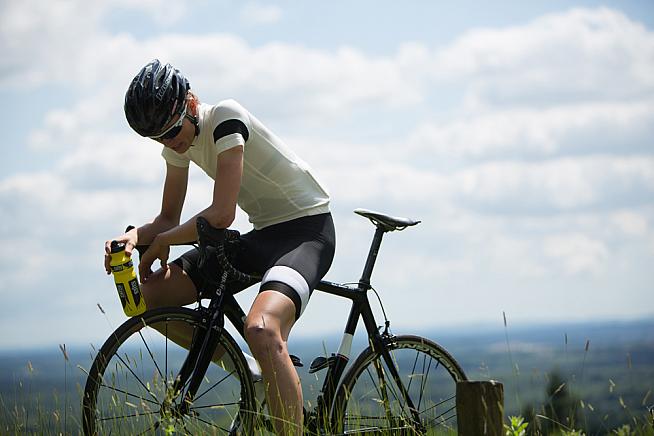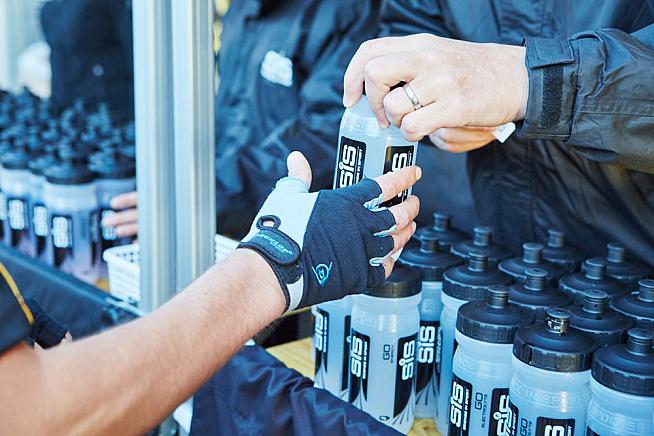As we enter sportive season, thoughts will turn to our favourite events of the year, and how we can get the most out of the day. For most of us this will mean finding some form of training plan to make sure that we get the miles in, getting some suitable clothing together, and maybe treating ourselves to some new shoes, or if you are really lucky a new bike. But how many of us think about our nutrition?
However nice the new set of wheels are, it still takes your legs and your muscles to power it, and how you fuel these components can be the difference between your favourite event becoming your worst nightmare. However, with a bit of careful planning and by taking some basic steps, you can ensure that the pedals keep turning.

Fuelling should begin before you have even thought about pulling on your lycra and sitting in the saddle. On the morning of the event, give yourself enough time to have a good carbohydrate breakfast two hours before the start. If you have an early start with some travel time to your event you may have to take portable solutions to have in your car, such as cereal bars or bananas.
The average person can only store enough carbohydrates in our bodies to keep us going when exercising for around 90 minutes, so making sure we fuel from then on is vital. The temptation often made when riding an event is to wait until the fuelling station and snatch at the goodies on offer. While a biscuit or a bit of cake is good for the soul, too much high fat and high sugar food at once will leave you overloaded and sluggish.
A better tactic would be to take on board little but often, a bar or gel every 20-30 minutes for instance, and look to consume around 60g of carbohydrates in total per hour. If you're not used to fuelling on the bike, it can feel quite forced at first to consume this amount, but practise in training and you'll soon find that it unlocks a huge amount of comfort and performance for your longer rides.
If you like to include some regular food in your intake on a long sportive, try to use some of the better food available at feed stations. Look for high-carb and low sugar and fat options, such as sandwiches or wraps (rather than cakes and pastries) to supplement the use of energy bars and gels, which are easier to carry and consume whilst on the move, and more readily digested.
While at your pit-stop, it is vital to make sure that you top up your bottle and ensure that you can stay fully hydrated. Thirst can be a reasonable indicator of when to drink, but perception can often be distorted during that big effort required by the terrain you are riding on, or the temperature on the day. The effects of dehydration can be both physical and mental, with concentration levels dipping when not topped up appropriately.

Aim to consume at least 500ml of liquid per hour, which is about the size of a standard bottle. However, you need to up your fluid intake for warmer days and tougher events, where you are likely to sweat more and may require more liquids. Maintaining the concentration of electrolytes in your body is also key. To help with the absorption rate of your fluids, it is advisable to use an electrolyte drink that also contains a good mix of carbohydrates, helping your hydration and boosting your energy levels.
The good habits shouldn't stop when you cross the finish line, as by following the correct steps you can help your body recover better over the following hours and days. By taking on board some good quality protein and carbohydrates within 30 minutes of finishing, you are helping those hard-working muscles repair themselves and restoring your energy levels. Eating a regular meal can do this, but you need to make sure that you can cook and prepare it within 30 minutes. A recovery drink is recommended as it is digested and absorbed by the body quicker and can be ready to take as soon as you have finished.
Emma Barraclough is the Senior Sports Nutritionist for Science in Sport (SiS): www.scienceinsport.com.
1 Comments





